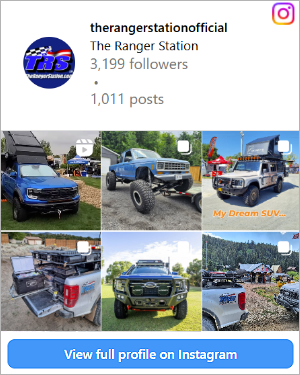- Joined
- Apr 3, 2021
- Messages
- 308
- Points
- 101
- City
- Phoenix, AZ
- Vehicle Year
- 1992
- Transmission
- Automatic
This rear axle assembly replacement is in progress right now. The old axle assembly.....brakes line/brake junction block......stabilizer bar........and driveshaft flange are disconnected and are sitting on jack stands or blocks. But I ran into a problem, which I posted in the brakes forum.












